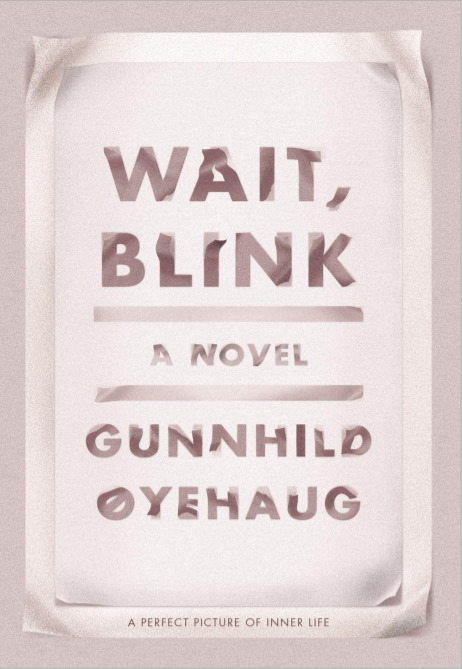What do you think?
Rate this book


256 pages, Hardcover
First published January 1, 2008
She looks at the cursor that's blinking. She identifies with the cursor! Waiting, blinking, and without any real existence in the world, just on and off between blink and blink. Is this her light in the world?
Somewhere deep inside her body there's a cry, which if it were replicated in color and not sound would be painted sheer black, the kind of darkness that might exist in a universe without stars. If it were a sound, you probably wouldn't hear it, even though it's loud, more like a howl, as it would still be locked up, as though inside a mountain. It's the cry of loneliness.
[...] wearing an oversized man's shirt was a cliché in her opinion, a typical expression of male aesthetics, male perception, a perception that specifically objectivized women, he would make her into a cliché by doing that - making her pad around being fragile and vulnerable in an oversized top and thus live up to all the myths - and, not least, by complying she would thereby undermine her own intellect and capacity for criticizing metaphors, wouldn't she?